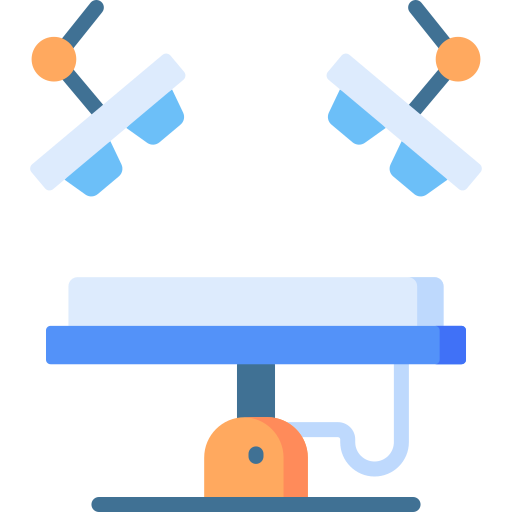3-4. Bronchospasm

Objectives
Signs and symptoms include: expiratory wheeze, prolonged expiration, increased inflation pressures, desaturation, hypercapnia, upsloping capnograph trace, silent chest.
Can occur alone or as part of another problem.
|
START ❶ Call for help and inform theatre team of problem. ❷ Give 100% oxygen. ❸ Stop surgery / other stimulation. ❹ Fully expose the chest and perform a rapid systematic examination:
❺ Deepen anaesthesia:
❻ Exclude malpositioned or obstructed tracheal tube or supraglottic airway
❼ If anaphylaxis suspected → 3-1 ❽ If airway soiling/aspiration suspected airway see Box A. ❾ Treat bronchospasm (Box B). First line is salbutamol by metered dose inhaler or by nebuliser; i.v. route is second line. Other drugs at clinician discretion. ❿ Consider alternate diagnoses causing or mimicking bronchospasm (Box C). ⓫ Use appropriate ventilation strategy (Box D). ⓬ If raised airway pressure and/or desaturation persists, consider → 2-2 Hypoxia/ desaturation/cyanosis. ⓭ Obtain a chest X-ray as soon as clinically safe to do so. ⓮ Plan appropriate placement for post-procedure care.
|
Box A: ACTIONS IF AIRWAY SOILING/ASPIRATION Consider tracheal intubation and tracheal toilet Use nasogastric tube to aspirate gastric contents Chest X-ray Consider post op level of care and follow-up |
|
Box B: DRUG DOSES Salbutamol Nebuliser: Child <5 yr, 2.5 mg; Adult and >5 yr 5 mg i.v. bolus: Adult 250 µg diluted, slowly; Child 1-23 months 5 µg.kg-1 once over 5 mins; Child 2-17 years 15 µg.kg-1 once over 5 mins (max. 250 µg) Adult i.v. infusion: 5-20 µg.min-1 Child i.v. infusion: 0.5-1 µg.kg-1.min-1 (max. 20 µg.min-1) Ipratropium Neb: 2-12 yr 0.25 mg; Adult 0.5 mg Adrenaline Neb: Child 0.5 ml of 1:1000 Neb: Adult 5 ml of 1:1000 i.m.: <6 mo 50 µg; <6 yr 120 µg; <12 yr 250 µg; Adult 500 µg Slow i.v. bolus: 0.1 - 1 µg.kg-1 (Adult 10-100 µg) Magnesium I.v. over 20 min: 50 mg.kg-1 (Adult 2g) Ketamine Bolus: Adult 20 mg i.v. Infusion: 1-3 mg.kg-1.hr-1 Aminophylline i.v. over 20 min: 5 mg.kg-1 (omit if already on theophylline) i.v. infusion: <9 yr 1 mg.kg-1.hr-1; <16 yr 0.8 mg.kg-1.h-1; Adult 0.5 mg.kg-1.h-1 Hydrocortisone 4 mg.kg-1 (Adult 200 mg) |
|
|
Box C: ALTERNATES AND MIMICS Wheeze: pulmonary oedema; misplaced airway device; ARDS; laryngospasm Raised airway pressure: obstruction of larynx, trachea or bronchi; obstruction of breathing system (any part); decreased lung compliance; pneumothorax |
|
|
Box D: VENTILATION STRATEGIES Increase expiratory time to allow complete expiration Pressure control ventilation may be better Be alert to ‘breath stacking’ Permissive hypercapnia may be appropriate |
Editorial Information
Last reviewed: 31/01/2019
Author(s): The Association of Anaesthetists of Great Britain & Ireland 2019. www.aagbi.org/qrh. Subject to Creative Commons license CC BY-NC-SA 4.0. You may distribute original version or adapt for yourself and distribute with acknowledgement of source. You may not use for commercial purposes. Visit website for details. The guidelines in this handbook are not intended to be standards of medical care. The ultimate judgement with regard to a particular clinical procedure or treatment plan must be made by the clinician in the light of the clinical data presented and the diagnostic and treatment options available..
Version: 2
